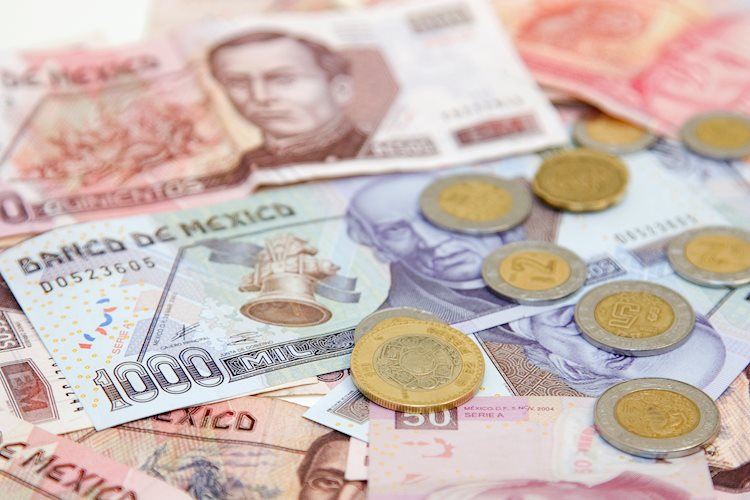The USD/MXN pair continues to rise for the fifth consecutive session, currently trading around 18.50 during European trading hours on Monday. Despite the dovish sentiment surrounding the Federal Reserve (Fed), the US Dollar has managed to recover its intraday losses. However, the upside of the USD could be limited due to declining US Treasury yields, which may weaken the Greenback and limit the pair’s upside potential.
The US Dollar Index (DXY), which measures the value of the US Dollar against major currencies, is holding minor gains around 104.40. US Treasury bond yields are currently at 4.37% and 4.17%, respectively. Signs of cooling inflation and easing labor market conditions in the US have fueled expectations of three rate cuts by the Fed starting in September, putting pressure on the USD.
In Mexico, mid-month inflation data for July could discourage Banxico from easing policy due to the risks of second-round effects. Analysts at Citi Research predict that annual inflation will end at 4.30%, up from the previous forecast of 4.20%, with core inflation expected to finish at 4.0%. Mexico’s economic growth is also projected to slow, with an anticipated growth rate of 1.9%.
The Mexican Peso (MXN) is heavily influenced by various factors such as the performance of the Mexican economy, central bank policy, foreign investment levels, remittances from Mexicans living abroad, and geopolitical trends. The decision of some firms to relocate manufacturing capacity and supply chains closer to their home countries, known as nearshoring, also impacts the Mexican Peso. Additionally, oil prices play a significant role as Mexico is a key exporter of the commodity.
Banxico’s main objective is to maintain low and stable inflation levels by setting appropriate interest rates. Higher interest rates, aimed at taming high inflation, are generally positive for the Mexican Peso as they attract more investors with higher yields. On the other hand, lower interest rates can weaken the MXN. Macroeconomic data releases are crucial as they provide insight into the state of the economy and can impact the valuation of the Mexican Peso.
As an emerging-market currency, the Mexican Peso tends to perform well during risk-on periods when market risks are perceived as low. Conversely, it tends to weaken during market turbulence or economic uncertainty as investors seek safe-haven assets. Overall, the USD/MXN pair continues to rise despite the dovish sentiment surrounding the Fed and declining US Treasury yields, with mid-month inflation data for July potentially affecting Banxico’s policy decisions.











